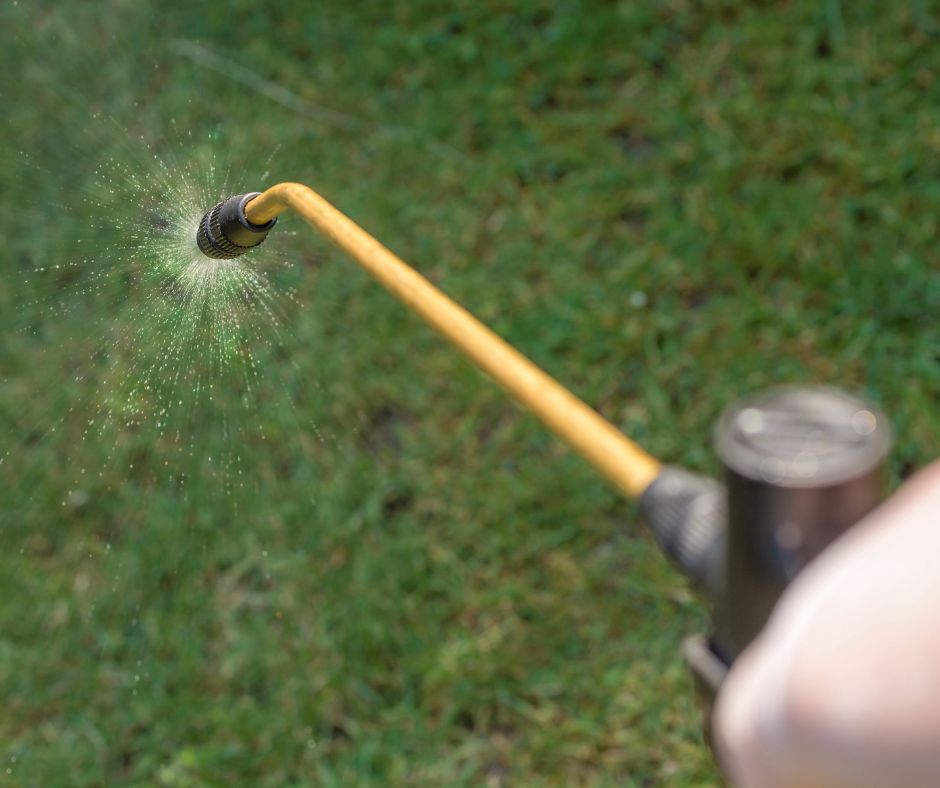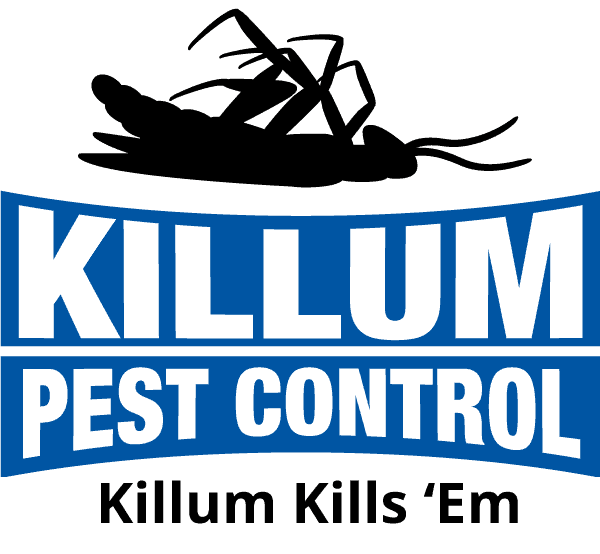Why Pest Control in Charlotte County Is Essential for Your House’s Health
Discover the most recent Developments in Parasite Control and How to Apply Reliable Therapy Solutions
In current years, the area of pest control has actually seen substantial innovations, driven by the requirement for efficient and lasting treatment services. Ingenious strategies such as Integrated Bug Monitoring (IPM) combine environment-friendly methods with sophisticated technology, improving both efficacy and environmental responsibility. The combination of wise technologies and DIY approaches has actually empowered individuals to tackle bug issues a lot more efficiently. As we explore these growths, it comes to be vital to understand just how ideal to carry out these approaches in various setups to achieve optimum results. The ramifications for parasite management practices might be transformative.
Eco-Friendly Pest Control Options
In recent years, the demand for environment-friendly parasite control alternatives has actually risen as companies and property owners alike seek lasting options to conventional chemical therapies. This change is driven by growing environmental awareness and a need to lessen the health and wellness risks linked with synthetic pesticides.

Green bug control approaches incorporate a variety of approaches that focus on making use of natural compounds and methods. Integrated Bug Administration (IPM) is one such method, incorporating organic, social, and mechanical strategies to manage insect populaces while lowering dependence on chemicals (Wildlife removal services). This alternative approach stresses avoidance via habitat manipulation and the introduction of natural predators, thus cultivating a well balanced environment
Another prominent option is using organic pesticides stemmed from plants, which often tend to be much less hazardous to non-target microorganisms. Products like neem oil and diatomaceous planet have acquired traction for their efficiency in managing parasites while posturing minimal risks to human health and wellness and the setting.
In addition, exclusion techniques, such as sealing entrance factors and maintaining tidiness, play a crucial duty in environmentally friendly bug administration. By adopting these sustainable methods, people and organizations can efficiently manage bugs while advertising a much healthier world for future generations.
Smart Modern Technology in Bug Monitoring
Development is improving the landscape of insect management, with wise technology becoming a pivotal force in boosting effectiveness and performance - Wildlife removal services. The assimilation of Internet of Points (IoT) tools, expert system (AI), and information analytics is reinventing how parasite control experts come close to problems
Smart traps furnished with sensors can discover parasite task in real-time, sending out immediate notifies to drivers. This permits for timely reactions, lessening damages and decreasing the demand for comprehensive treatments. In addition, AI algorithms evaluate historical information to anticipate pest actions, enabling aggressive interventions based on environmental problems and invasion patterns.
Drones and automated lorries are likewise playing a considerable function in bug management, offering airborne assessments of large locations, identifying hotspots, and even distributing targeted therapies. These modern technologies not only enhance operations but also enhance security by limiting human exposure to potentially harmful chemicals.
Furthermore, mobile applications encourage consumers to keep track of parasite task and gain access to specialist guidance, promoting a collaborative approach to pest management. Generally, the fostering of smart innovation is establishing a new requirement in insect control, stressing data-driven decisions and lasting practices that inevitably profit both property owners and specialists alike.
Integrated Parasite Administration Techniques
Integrated Parasite Monitoring (IPM) employs an all natural approach to pest control, integrating different approaches to efficiently take care of pest populaces while minimizing risks to human health and the atmosphere. IPM focuses on comprehending the pest life cycle, their all-natural opponents, and the ecosystem in which they thrive.
One of the essential elements of IPM is monitoring pest populaces with normal evaluations and information collection. This permits the recognition link of parasite thresholds, determining when treatment is required. Social methods, such as plant environment, turning, and sanitation adjustment, are necessary in lowering parasite prevalence and promoting plant wellness.
Mechanical controls, including barriers and catches, are also important in IPM. These techniques can literally eliminate or hinder pests without the use of chemicals. When essential, the sensible application of chemical controls is utilized, focusing on targeted therapies that lessen environmental influence.
Education and partnership among stakeholders, consisting of farmers, bug control specialists, and the neighborhood, are essential for the successful implementation of IPM methods. By focusing on lasting methods, IPM not only addresses pest issues yet likewise promotes a healthier ecological community.
Biological Control Methods
Numerous organic control approaches are progressively identified for their performance in managing insect populaces while advertising ecological equilibrium. These methods harness natural predators, parasites, and microorganisms to reduce pest numbers without depending on artificial chemicals. For example, the intro of ladybugs can successfully regulate aphid populations, while nematodes target soil-dwelling insect larvae.
Additionally, using microbial pesticides, such as Bacillus thuringiensis (Bt), gives an eco-friendly option for taking care of caterpillar parasites. These items especially target pest species, minimizing harm to useful bugs and pollinators. In addition, conservation organic control stresses improving habitats for all-natural opponents, such as birds and useful pests, therefore motivating their presence in agricultural systems.
Research study remains to reveal ingenious techniques within this field, such as making use of pheromones to interrupt pest breeding patterns or the development of biocontrol agents via genetic modification. Applying these techniques can bring about sustainable pest monitoring techniques that alleviate the reliance on chemical interventions, ultimately fostering healthier ecological communities. As awareness of these strategies grows, they are ending up being indispensable elements of incorporated parasite monitoring (IPM) strategies, using an equilibrium in between effective parasite control and environmental stewardship.
Do It Yourself Pest Control Solutions
As homeowners seek reliable ways to take on bug concerns, DIY insect control options have acquired popularity for their ease of access and cost-effectiveness. These approaches equip individuals to address infestations using easily offered materials and strategies, typically without the demand for professional intervention.

Furthermore, preserving proper hygiene and normal examinations can prevent parasite entry and nesting (Wildlife removal services). Basic methods, such as sealing splits, eliminating food sources, and decluttering, can substantially diminish bug populations. Traps, both homemade and readily readily available, can likewise provide efficient remedies for monitoring and regulating particular parasites like rodents or bugs

Conclusion
The assimilation of eco-friendly parasite control alternatives, wise innovation, and innovative administration strategies offers a detailed strategy to efficient bug management. By embracing Integrated Pest Administration (IPM) and utilizing organic control techniques, along with DIY options, sustainable and responsible bug control web can be accomplished.
Environmentally friendly bug control techniques encompass an array of techniques that prioritize the usage of natural materials and techniques. Integrated Insect Administration (IPM) is one such approach, incorporating organic, social, and mechanical methods to take care of parasite populations while lowering reliance on chemicals. As recognition of these strategies expands, they are ending up being integral parts of integrated bug monitoring (IPM) approaches, using a balance between efficient bug control and environmental stewardship.
The assimilation of environment-friendly insect control options, smart innovation, and cutting-edge management strategies presents a comprehensive strategy to reliable bug administration. By embracing Integrated Insect Management (IPM) and making use of biological control techniques, alongside Do it yourself options, sustainable and liable bug control can be attained.